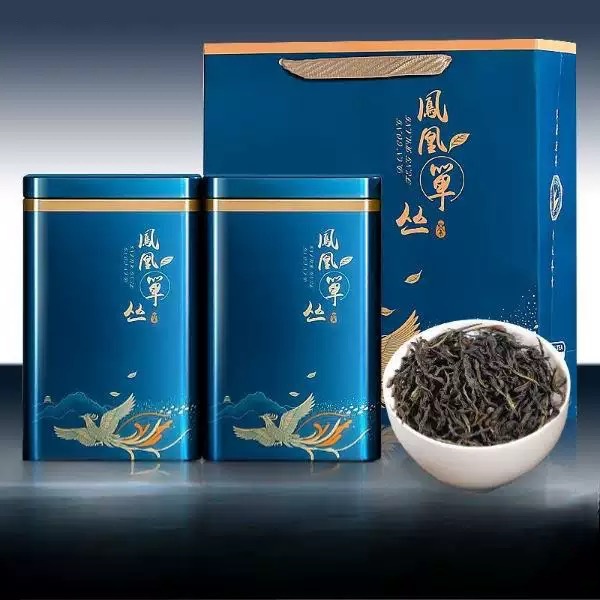
# Storing Oolong Tea: Best Practices for Freshness and Flavor
Introduction
Oolong tea, with its unique semi-oxidized characteristics, offers a delicate balance between green and black teas. To preserve its complex flavors and aromas, proper storage is essential. Whether you’re a casual drinker or a tea connoisseur, understanding how to store oolong tea correctly will ensure you enjoy its full potential with every cup.
Understanding Oolong Tea’s Sensitivity
Oolong tea is particularly sensitive to four main environmental factors:
- Light exposure
- Temperature fluctuations
- Humidity levels
- Air exposure
These elements can accelerate oxidation and degrade the tea’s quality over time. The degree of oxidation in your oolong (ranging from 10% to 70%) will determine its specific storage needs.
Ideal Storage Conditions
Container Selection
Choose an airtight container made of:
- Ceramic with glaze
- Stainless steel
- High-quality tin
Avoid clear glass or plastic containers as they don’t provide adequate protection against light and may impart odors.
Environmental Control
Store your oolong tea in a cool, dark place with:
- Temperature between 15-25°C (59-77°F)
- Relative humidity below 60%
- No direct sunlight exposure
- Minimal temperature fluctuations
Special Considerations for Different Oolong Types
Keyword: Storing Oolong Tea
Lightly Oxidized Oolongs (10-30%)
These greener oolongs benefit from refrigeration (not freezing) in completely airtight containers. Allow the container to reach room temperature before opening to prevent condensation.
Moderately Oxidized Oolongs (30-50%)
Store in a cool pantry or cupboard away from heat sources. These teas are less sensitive than green oolongs but still require careful storage.
Heavily Oxidized Oolongs (50-70%)
These darker oolongs are more resilient but still need protection from moisture and strong odors. They can be stored at room temperature in proper containers.
Common Storage Mistakes to Avoid
- Freezing tea: This can damage the tea leaves’ cellular structure
- Storing near spices or coffee: Tea easily absorbs surrounding odors
- Using the original packaging long-term: Most commercial packaging isn’t designed for extended storage
- Frequent container opening: Minimize exposure to air to preserve freshness
Long-Term Storage Solutions
For tea enthusiasts who buy in bulk or want to age certain oolongs:
- Divide large quantities into smaller portions
- Use vacuum-sealed bags for portions you won’t use immediately
- Consider oxygen absorbers for very long-term storage
- For aged oolongs, monitor humidity carefully and check periodically
Signs Your Oolong Has Gone Bad
Watch for these indicators that your tea may have deteriorated:
- Loss of vibrant aroma
- Flat or stale taste